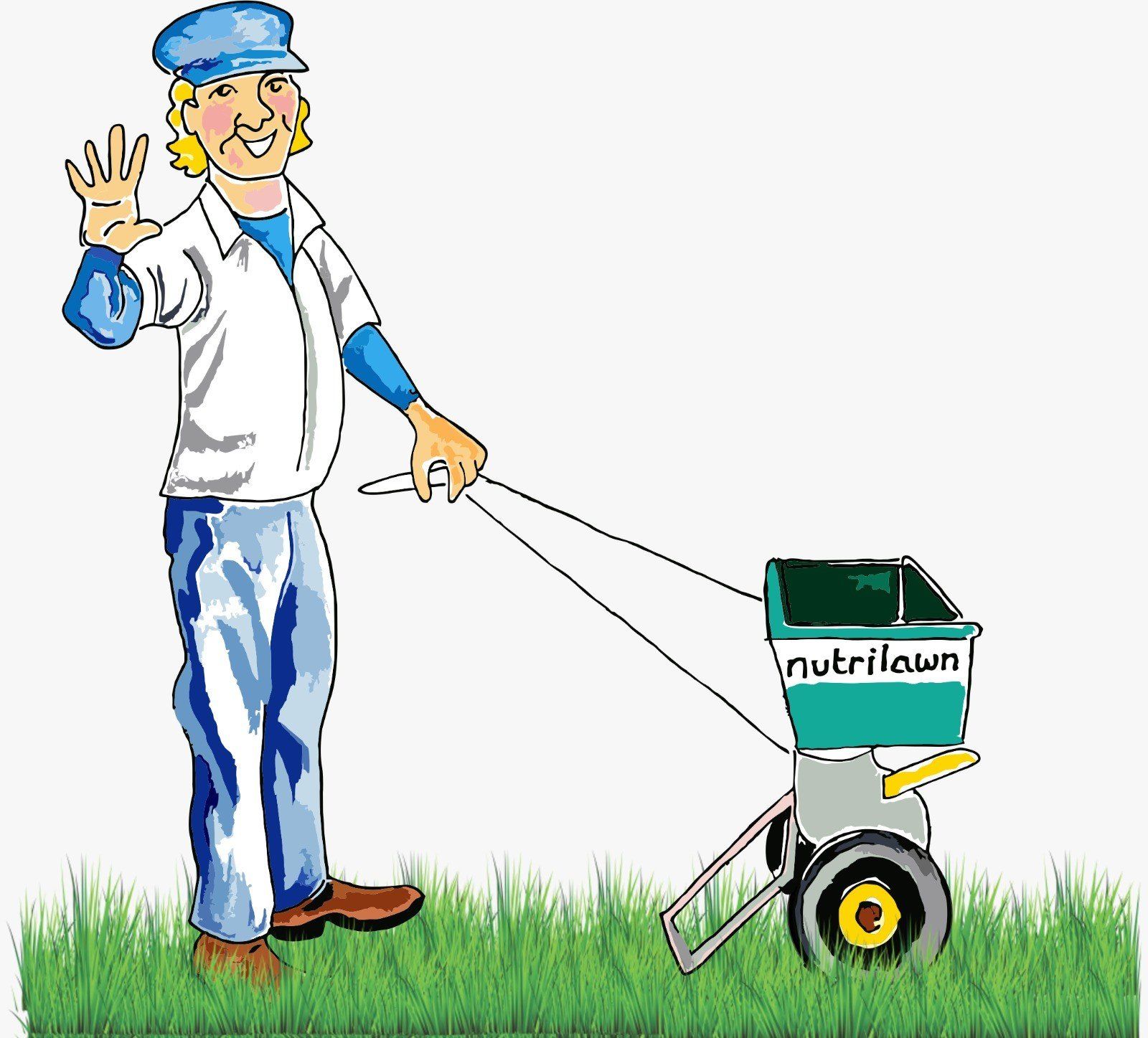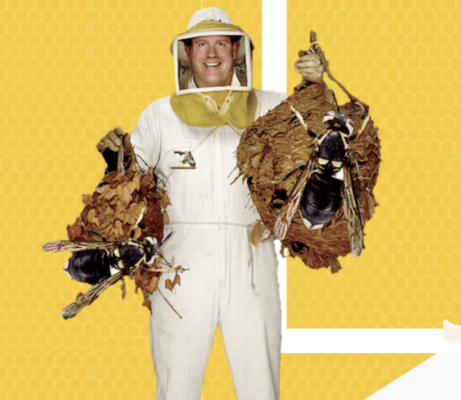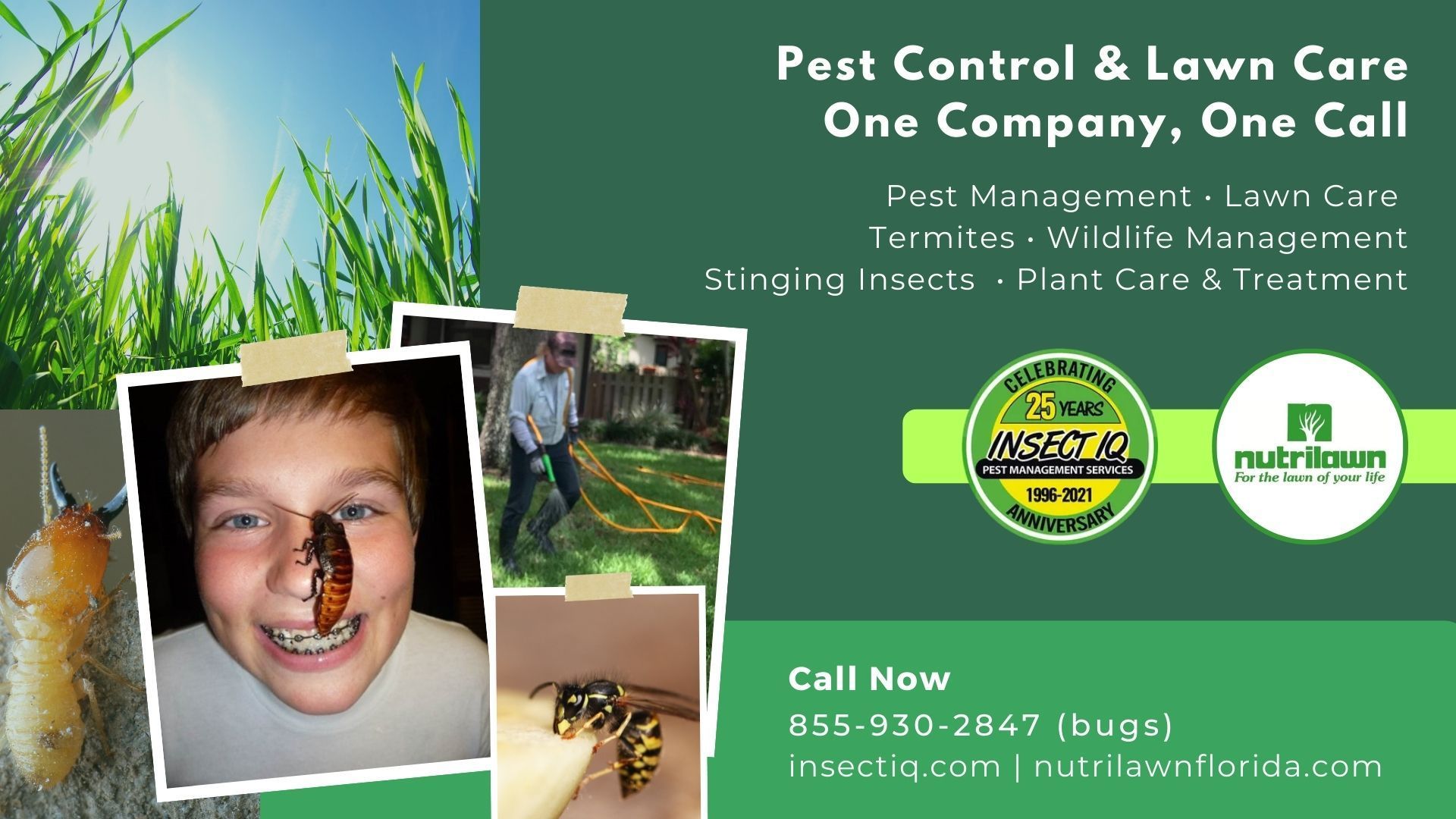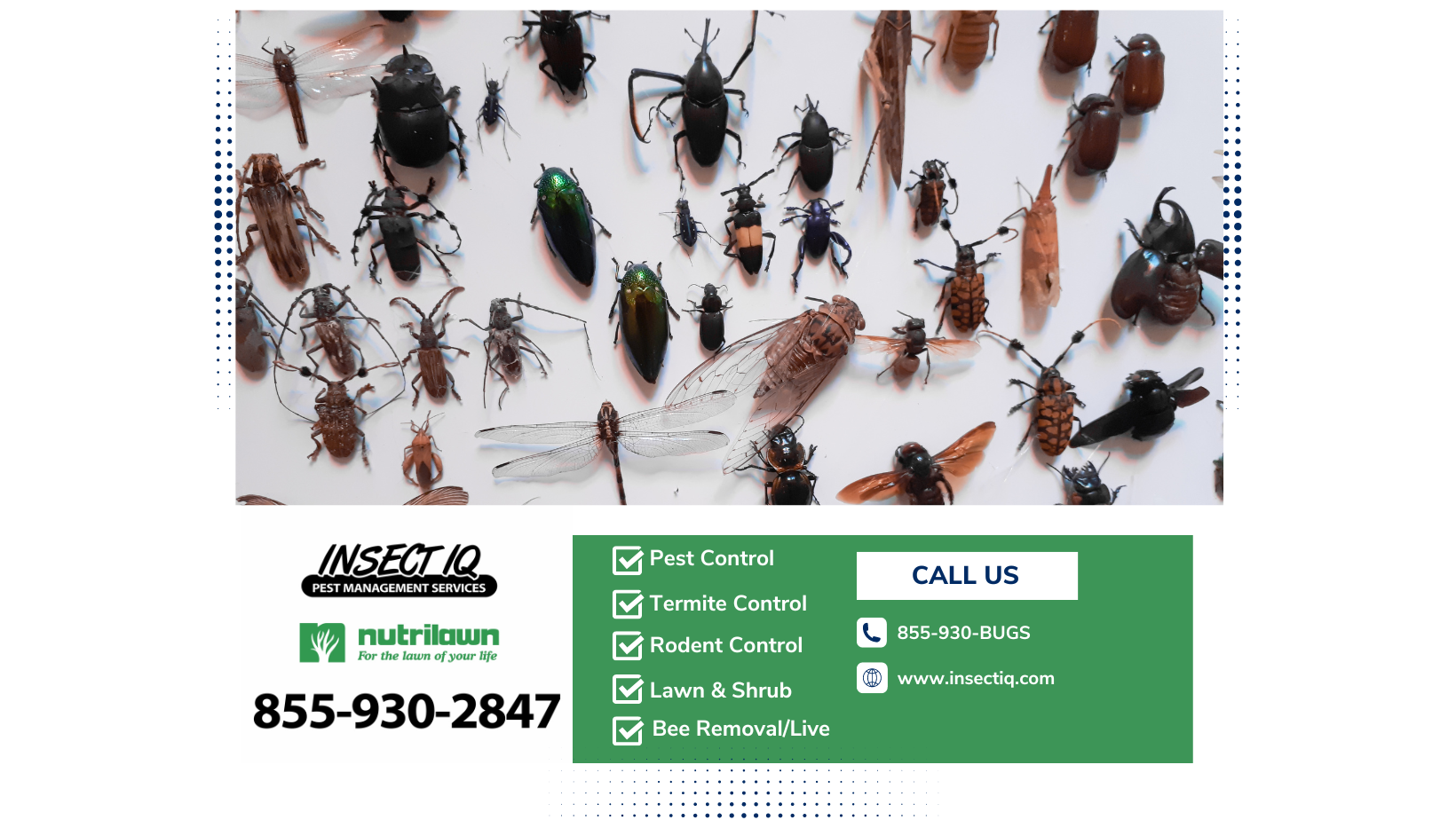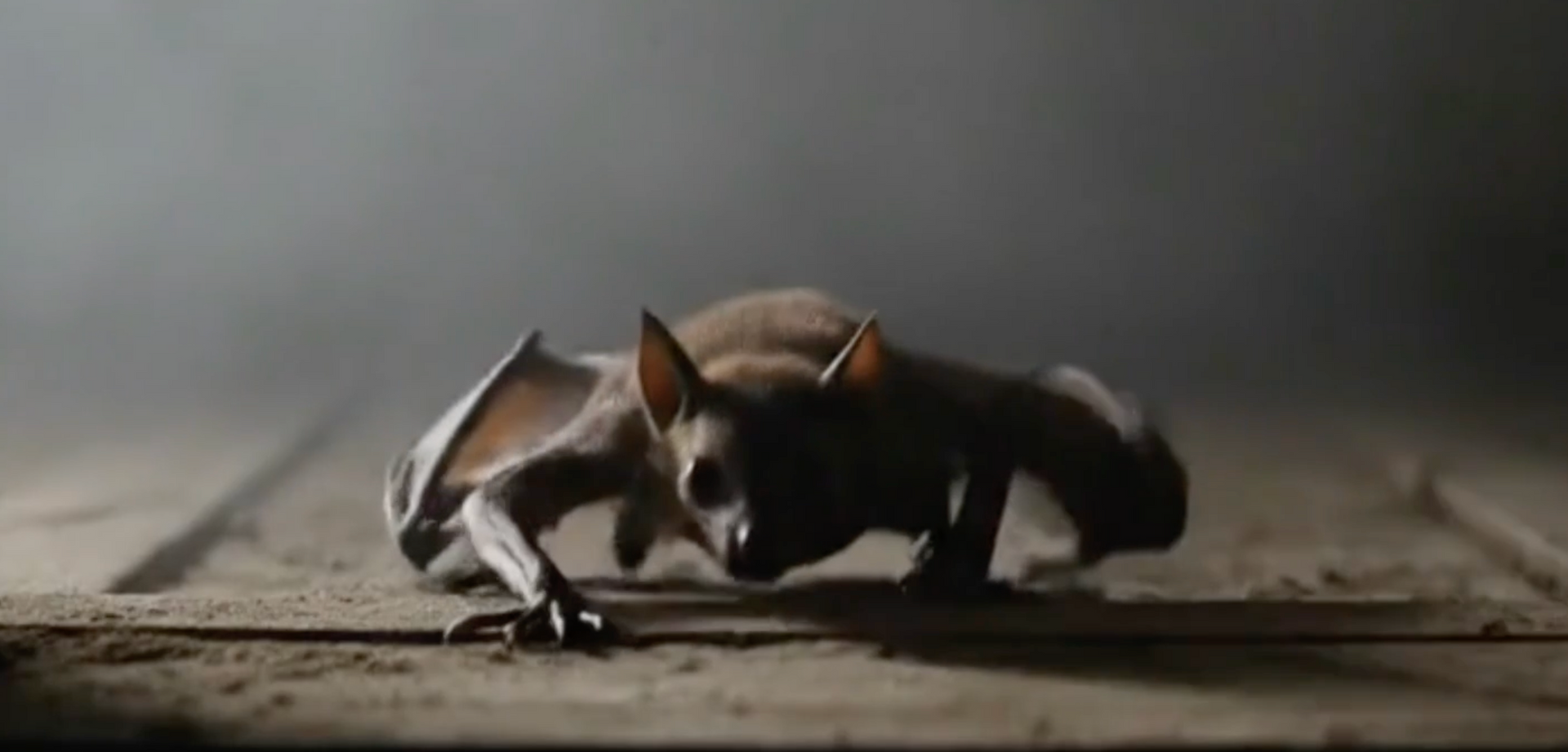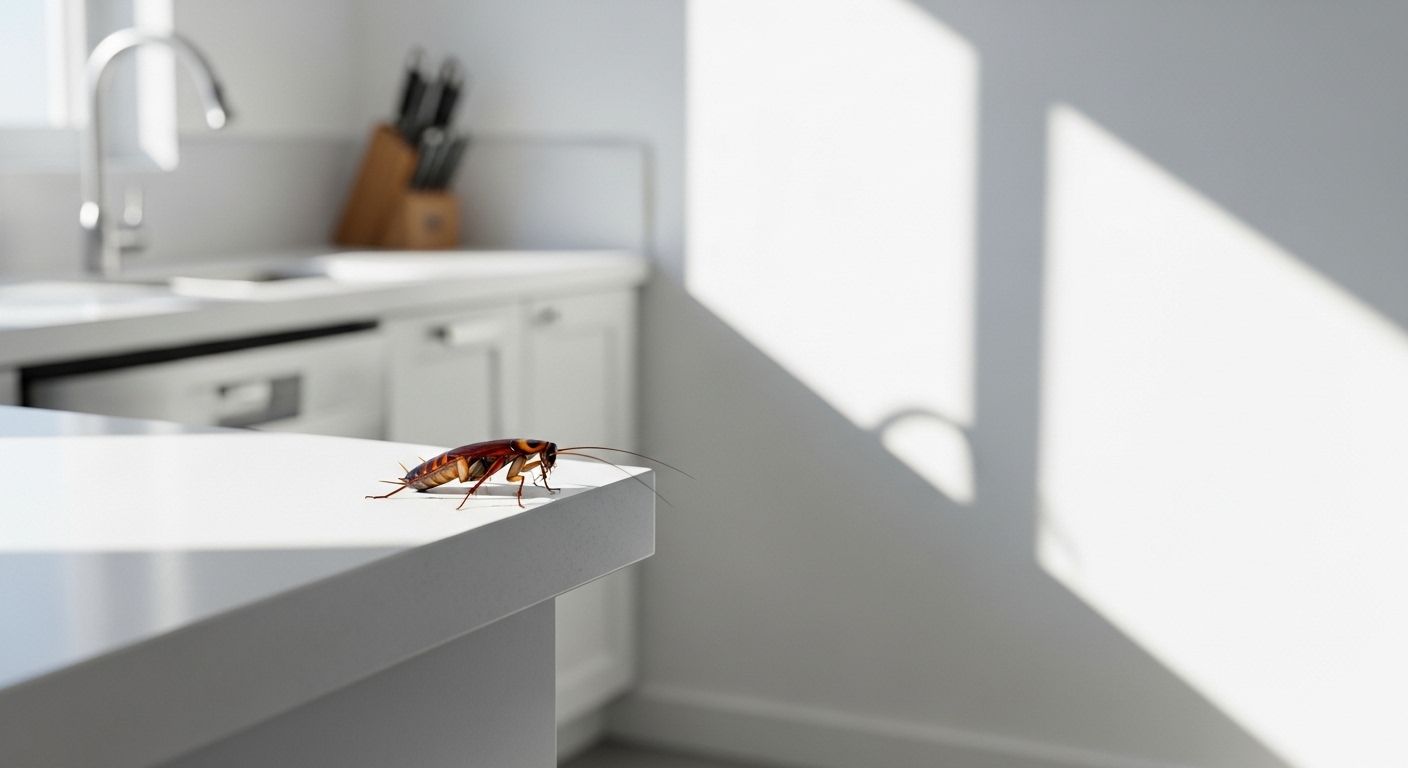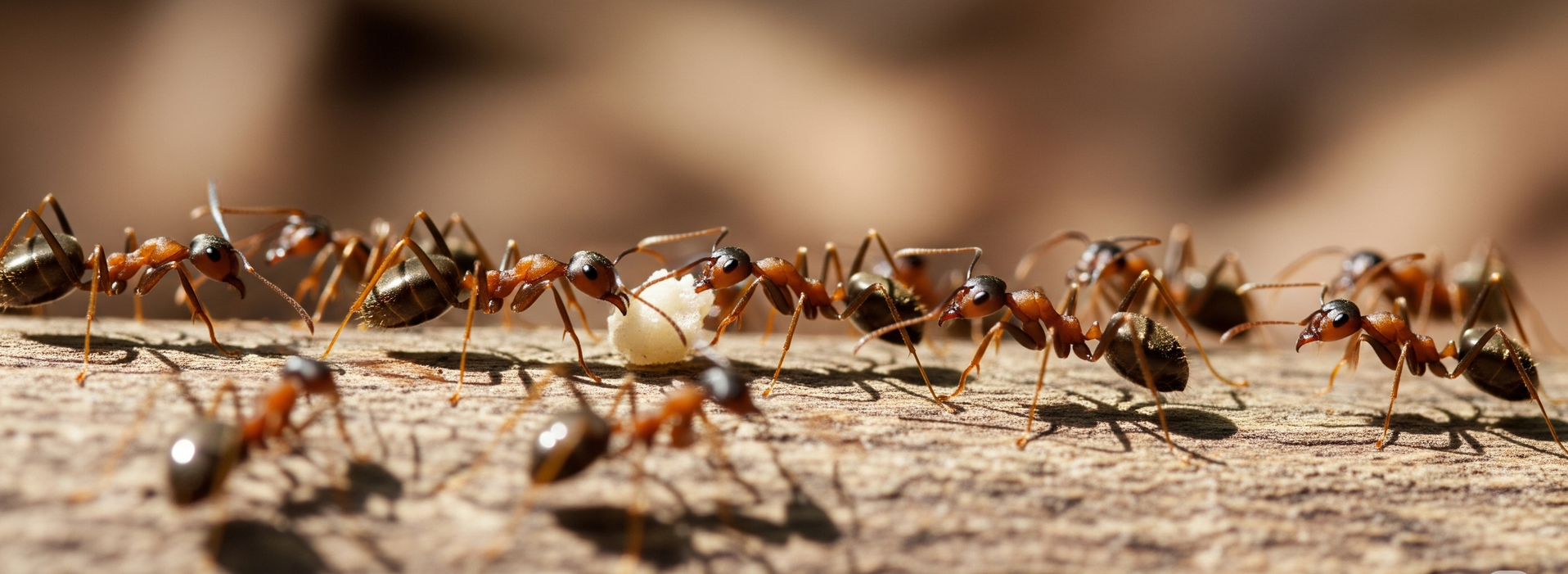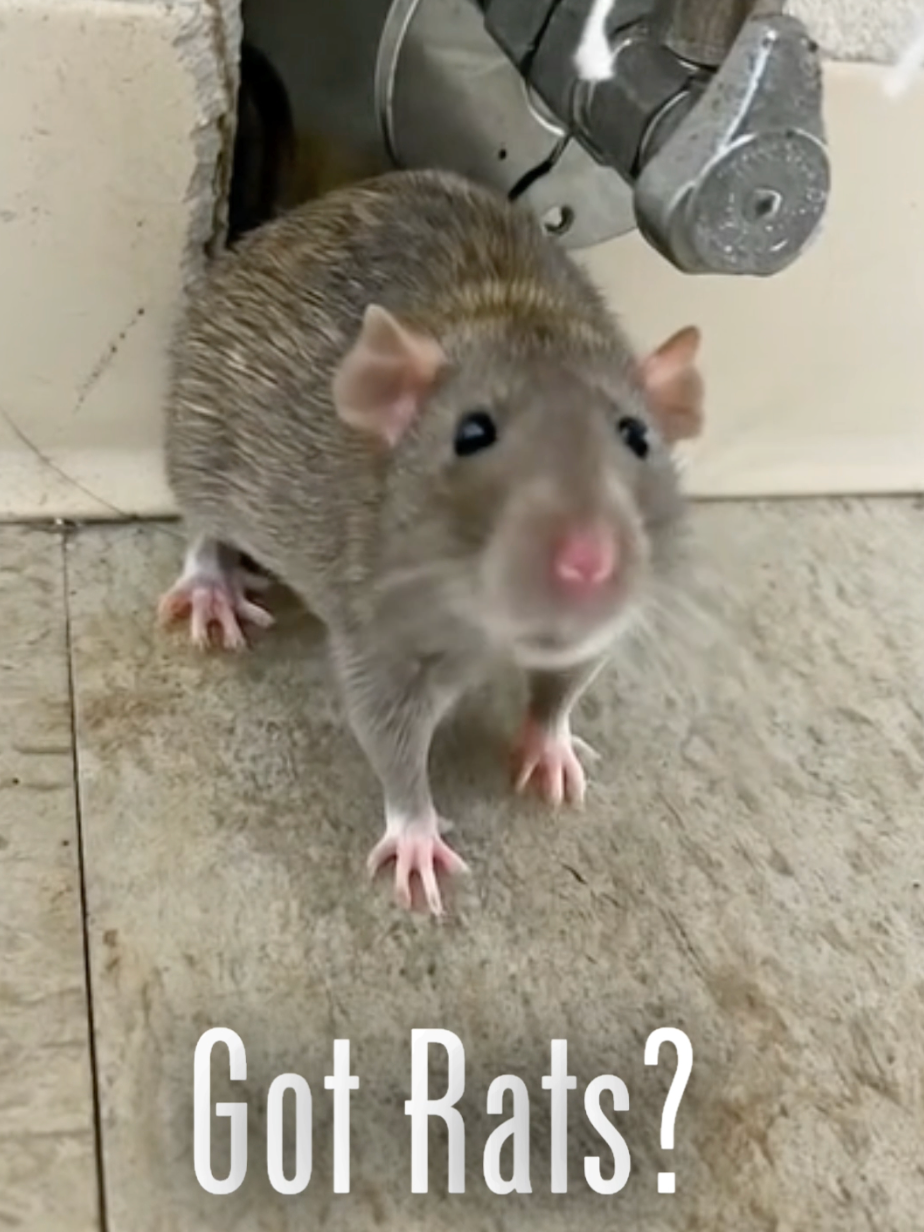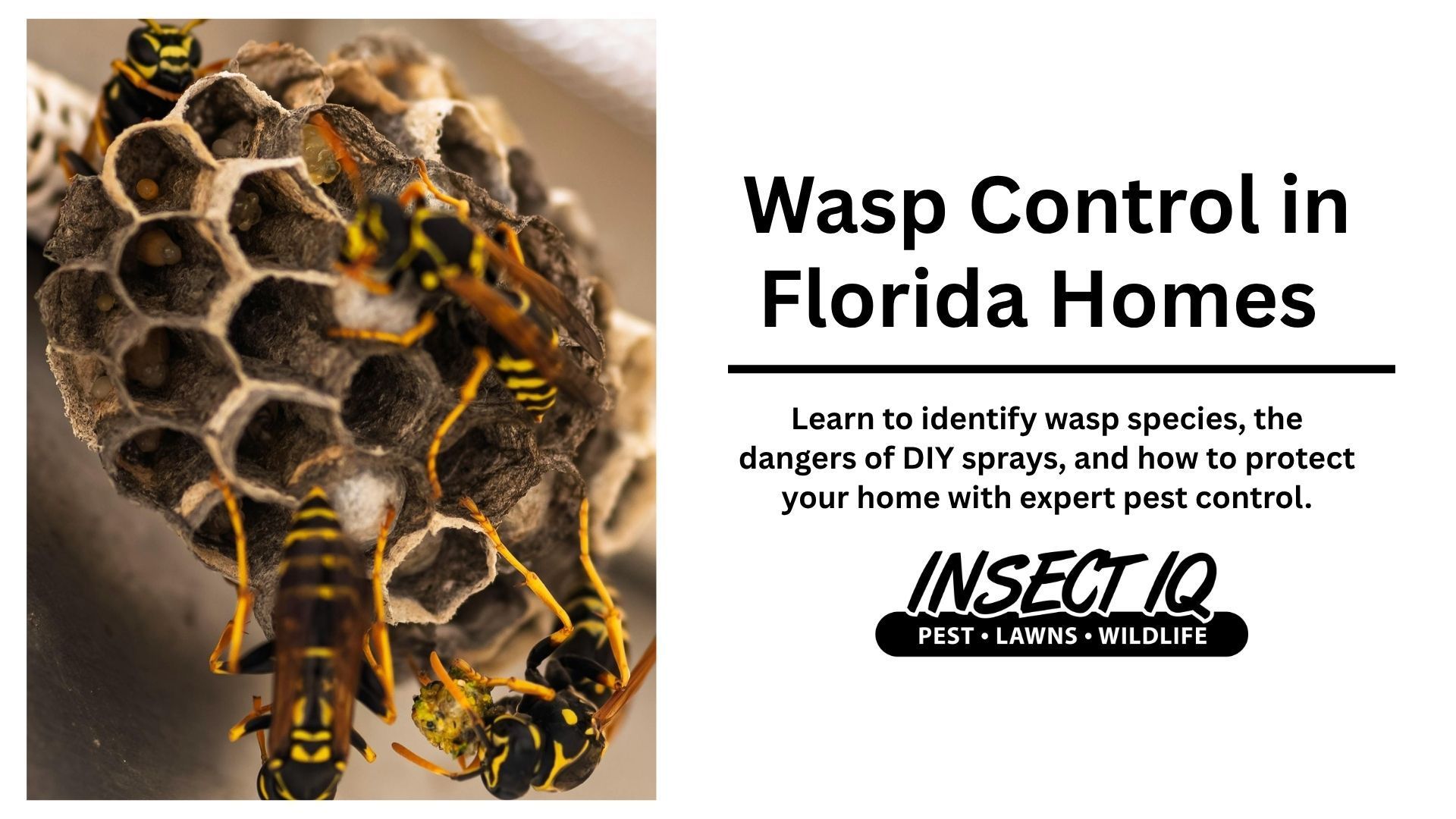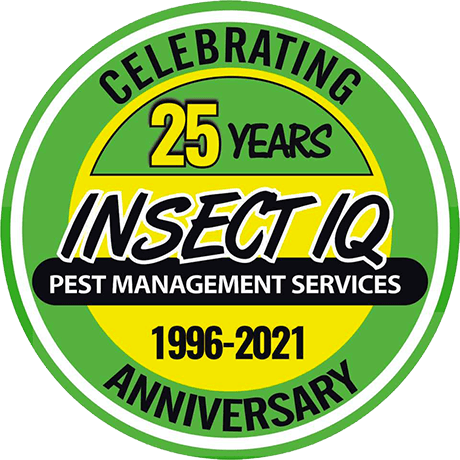What are those bugs jumping in my bathtub? Springtails, we can help!
Springtails, belonging to the Order Collembola, are minuscule wingless insects. They thrive in moist soil and can often be found in homes that have high humidity levels, organic debris, or mold issues. Homeowners may encounter these insects in large numbers in swimming pools, potted plants, or areas with damp soil and mulch. Their diet primarily consists of fungi, fungal spores, and decaying vegetation that is damp, allowing them to recycle organic material and other nutrients back into the soil, benefiting plant growth. However, there are instances where springtails can harm young seedlings by attacking their roots and stems.
PROBLEMS
Springtails are considered pests mainly due to their large population size. However, it's important to note that they do not bite or transmit diseases. These tiny insects have the ability to easily climb the sides of houses and are particularly attracted to lights. They can also be inadvertently brought into homes through the soil of potted plants. Overwatering plants can create favorable conditions for springtail reproduction.
Homeowners often first encounter springtails inside their homes. These insects tend to invade buildings during dry weather or heavy rains. They can also breed indoors in areas with high humidity, such as near leaks and cracks in the exterior structure. Springtails are drawn to light sources and may enter homes through small openings under doors and windows.
Springtails have been known to appear in swimming pools as well. Typically residing in the surrounding soil and mulch, they may accidentally end up in the pool while in search of food. Leaving pool lights on at night can further attract springtails to the water.
Certain species of springtails can cause damage to plants by chewing on the roots and stems of young and healthy seedlings. This usually occurs in soil that is excessively wet and acidic. Affected seedlings may exhibit wilting symptoms, and if the damage is severe or the plants are too young, they may not survive. The damage caused by springtails is characterized by small, rounded pits on the roots of young plants.
CONTROL
INDOORS
Springtails pose minimal issues indoors, as they are too small to be effectively removed with a dustpan and broom. However, you can reduce their presence by misting the affected areas with a solution of water and approximately 1% dishwashing soap. Prior to bringing potted plants inside, inspect them for springtail activity. If you notice springtails, allow the soil to dry outside for several days before introducing the plant indoors. Avoid overwatering plants within the house.
Springtails may occasionally enter the house through small cracks, crevices, doors, or windows. To prevent their entry, seal any cracks or crevices with caulk and apply weatherstripping around doors and windows. This not only blocks the access of springtails but also helps to maintain lower humidity levels within the house, aiding in their control.
Insecticides can be employed to manage springtails. Apply them as spot treatments or in crack-and-crevice areas where springtails are present indoors. Ensure that you carefully read and follow the instructions on the product label for appropriate usage. Keep children and pets away from treated areas until they are completely dry.
OUTDOORS
In certain situations, outdoor insecticide applications may be necessary to control springtails. These applications can be performed as barrier treatments to prevent springtails from entering the house or as broadcast treatments to target infested areas in the landscape. Barrier treatments are typically applied to the walls and soil immediately surrounding the house, covering an area of about 3 feet (90 cm) up the wall and 6 feet (183 cm) out, as per the instructions on the label. Pay special attention to steps and damp areas, and consider treating mulched flowerbeds and the base of shrubbery if needed. Optimal timing for applications is in the afternoon or early evening when springtails are most active. Due to the moist conditions and high organic matter in treated areas, regular intervals of application are often necessary to maintain control. Always read and adhere to the directions provided on the product label.
GIVE US A CALL FOR WHAT’S BUGGING YOU!!!
https://www.insectiq.com/contact-us
INSECT IQ EST. 1996
Or visit us at https://www.insectiq.com/contact-us
Insect IQ / Nutrilawn Pest Services 27 years
- DACS JB131270 Pest Control License Insect IQ
- DACS JF8248 1994 Certified Pest Control Operator
- DACS Certified Categories:
- Pest Control
- Lawn & Ornamental
- Termite
- Fumigation
- State of Florida Registered Beekeeper: FL0290619S
- 1994 UF Entomologist Jonathan Simkins
- 2020 UF Entomologist Britton Simkins
